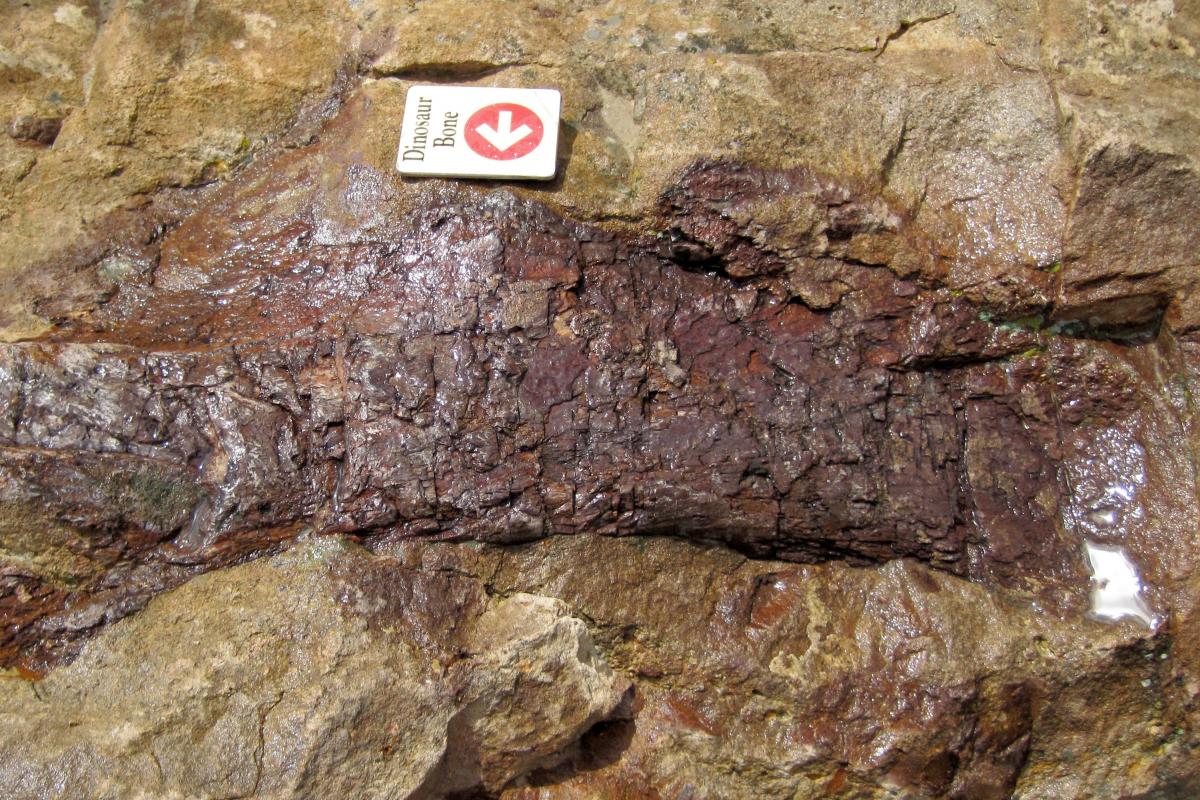Y: Take a look at this dinosaur bone, Don. It’s all chewed up, like a dog got to it before we did.
D: That wasn’t a dog—I think it was another dinosaur, Yaël. And it’s a pretty common find in Colorado’s Mygatt-Moore Quarry. According to a recent study, about 29% of 2368 dinosaur bones researchers found had bite marks from the serrated teeth of theropods, carnivorous dinosaurs that roamed the region in the late Jurassic period 150 million years ago. Researchers think these teeth marks came from Allosaurus dinosaurs, the most common theropod fossil found in the area.
Y: Which dinosaurs do the chewed-up bones come from?
D: That’s where it gets interesting: most of the teeth marks were found on herbivorous dinosaurs, but about 17% were found on the bones of other theropods, many of them also Allosaurus.
Y: So we’re looking at some dinosaur cannibalism here?
D: Possibly. Cannibalism in dinosaurs is rare, and this is the first time we’ve seen evidence of it in the Allosaurus.
Y: I’m guessing eating a dinosaur of the same species wasn’t exactly a dinosaur’s first choice for dinner.
D: Well, they weren’t very picky eaters, but you’re probably right. It might indicate a stressed ecosystem where food was scarce. Another indication is that about half of the teeth marks were on less nutritious body parts, suggesting they were made by scavengers after the tastier bits were already eaten. Scavenging usually happens more frequently when there’s less food around to hunt.
Y: Doesn’t sound like the best era for dinosaur dinner parties.
D: Especially if you were what’s for dinner.









